Underground spaces like basements, crawl spaces and root cellars are great for storage and shelter but they’re also a mold’s paradise. Dark areas with poor airflow, soil moisture and uninsulated walls create a damp environment. Mold spores are always in the air, on surfaces and even in the materials of your home. When humidity goes above 60% and surfaces stay damp, those spores spread quickly on wood, drywall, insulation and even concrete. This can lead to musty odors, structural damage, and health problems.
This article will show you how to control moisture and stop mold growth in basements, cellars and other underground spaces.
Understanding Mold Growth in Underground Spaces
Mold spores are everywhere in the air, on surfaces and even in the materials of your home. But they only start growing when three conditions are met: moisture or high humidity, lack of air circulation and presence of organic food sources like drywall, wood and fabrics. Underground spaces, especially crawl spaces and unfinished basements often meet all three conditions. Add in condensation from plumbing, groundwater seepage or seasonal rain and the risk escalates fast.
Why It’s a Big Deal
Basement mold is more than a simple appearance problem. It can:
-
Trigger allergic reactions or worsen asthma
-
Damage walls, flooring and insulation
-
Lower your home’s resale value
-
Spread to upper levels of the house

Role of Dehumidifiers in Mold Prevention
A dehumidifier removes excess moisture from the air and collects it in a tank or drains it out on its own. It keeps humidity below 60% (ideally 30–50%) to stop mold growth, but not all dehumidifiers are suitable for underground spaces.
Special dehumidifiers, like those from Abestorm, are designed for tight, low spaces like basements or crawl spaces. They’re more powerful and built to handle very damp conditions. Many of them also come with auto-draining and smart humidity sensors to make them easy to use.
How Ventilation Fans Help Mold Control
Many homeowners confuse ventilation with dehumidification. While dehumidifiers remove moisture from the air, ventilation fans improve airflow, bringing in drier outside air (when possible) and preventing air stagnation.
Best Practices for Underground Ventilation
-
Use mechanical crawl space fans with adjustable speeds
-
Don’t rely on natural ventilation unless in dry climates
-
Integrate fans with humidity sensors for smart automation
-
Always pair ventilation with sealing techniques to prevent outdoor humidity from coming in
Choosing the Right Dehumidifier for Basements
Selecting the right dehumidifier is the first step in protecting your basement from mold growth. A good unit will keep the humidity between 30–50% which is too dry for mold to survive.
1) Desiccant vs. Refrigerant Models
There are two main types of dehumidifiers. Refrigerant models work by cooling moist air and collecting the water that condenses. They’re great for warm spaces above 60°F and remove moisture quickly.
Desiccant dehumidifiers use materials like silica gel to soak up moisture without cooling the air. They work much better in cold basements and can operate in temperatures as low as -4°F.
2) How Temperature Affects Performance
If your basement is below 50°F often, a regular refrigerant unit may not work well — its coils could freeze. For very cold basements choose a desiccant model or a low-grain refrigerant (LGR) dehumidifier designed for low temperatures.
Some refrigerant models also come with frost control to prevent freezing. For example the Abestorm Guardian SN55 is a great LGR option that works efficiently in cool, damp environments like crawl spaces and basements.
3) Noise and Energy Use
If your basement is finished and used often, quiet operation is important. Desiccant models tend to be quieter (around 40 dB), while refrigerant models are a bit louder (50–70 dB). To save on electricity go for Energy Star certified models.
4) Choose the Right Size for Your Basement
Choose the right size and your dehumidifier will run efficiently. A 30–50 pint dehumidifier is perfect for areas up to 1,500 sq. ft. with moderate moisture levels. But if your basement is over 1,200 sq. ft. or very humid (80–90%) choose a unit that removes at least 50–60 pints of water daily.
The Abestorm Guardian SN90 for example is ideal for large basements or areas with severe moisture problems. It’s designed to pull up to 90 pints per day and comes with an auto-drain system for easy setup.
How to Stop Mold in Your Underground Space
Mold in your basement or crawl space is more than just cleaning up visible spots. Follow these four steps to create a long term, moisture free environment that mold can’t survive in.
Step 1: Seal and Insulate
Before adding any equipment, make sure your basement or crawl space is sealed. Fill in any cracks in the walls or around pipes so moisture can’t get in. Cover dirt floors with plastic sheets to block moisture from the ground. Insulate the walls to stop water from building up on cold surfaces. This keeps the area dry and makes your other equipment work better.
Step 2: Install a Dehumidifier
Choose a dehumidifier that fits your space. For example, the Abestorm Guardian SN55 is suitable for spaces up to 1,300 square feet. Place the dehumidifier where air can circulate around it, not too close to walls. If the model drains water automatically, place it near a drain. Set the humidity to 50% and let it run all the time to keep the air dry.
Step 3: Add Ventilation Fans
Put fans on opposite sides of the space to help air flow from one end to the other. This will get rid of damp air and bring in fresh air. Use fans that can turn on and off based on humidity levels or timers. If your space is big you can also use duct fans to pull air out through a vent.

Step 4: Monitor and Adjust
Check the humidity levels often with a hygrometer to make sure they stay below 60%. Look at your fans and dehumidifier from time to time to make sure they’re working properly. Also check if the dehumidifier is draining water as it should. Keeping an eye on things will stop mold before it becomes a problem.
Our Top Products
Here are some high-performance tools for underground mold prevention:
1. Abestorm Filteair HEPA 550 Air Scrubber
It is perfect for mold prevention in underground areas like crawl spaces or basements. A 3-stage filtration system includes a MERV-10 pre-filter, a HEPA filter that removes 99.97% of particles, and a carbon filter to eliminate odors. Stackable, filter change indicator, and connect up to 3 units for large jobs. Great for renovations or after floods.
2. Abestorm Guardian SN35P 70 PPD Crawl Space Dehumidifier
For small crawl spaces and basements (up to 1,000 sq. ft) this unit removes up to 70 pints of moisture daily. Includes built-in pump, long drainage hose and Energy Star certified—powerful and efficient. Prevents mold, mildew and musty smells underground without taking up much space.
3. Abestorm Hurricane LGR85 Commercial Dehumidifier
This heavy-duty dehumidifier removes up to 180 pints of moisture per day in spaces up to 2,300 sq. ft., making it ideal for serious mold problems. It is designed for post-flood or restoration work, stackable design, LED controls and auto functions—drain, defrost, restart. The tough rotomolded housing is built for harsh underground conditions.
4. Abestorm Guardian SN90 198 PPD Crawl Space Dehumidifier
This unit works in crawl spaces up to 2,600 sq. ft and removes up to 198 pints of moisture daily. Keeps relative humidity below 60% for mold prevention and air quality. For homeowners serious about underground moisture protection with high energy efficiency rating (2.69 COP).
5. Abestorm Hurricane LGR85-Grey Smart WIFI Dehumidifier
Same strength as the regular LGR85 but smart-enabled (future-ready). It is great for large, humid underground areas and removes 180 pints/day. Although the app isn’t currently active the device has intuitive controls, humidity sensor and automatic maintenance functions. For professionals who need efficient, stackable dehumidifiers for mold-prone areas.
6. Abestorm HEPA V2 Air Scrubber with UV-C Light
This air scrubber has 4-stage filtration and UV-C light sterilization to kill airborne mold spores and bacteria. Perfect for post-mold remediation or areas underground that are at risk of contamination. Covers up to 900 sq. ft, stackable, durable and energy efficient with speed control.
Conclusion
Mold hides in the shadows, literally. Underground spaces are naturally prone to moisture due to poor airflow. But with the right dehumidifier, ventilation system and moisture prevention strategy you can have a mold free foundation.
Instead of reacting to mold growth, be proactive. Think of your basement or crawl space as part of your home, not a storage dungeon. Set up the room like any other with smart controls, good airflow and strong long lasting materials.


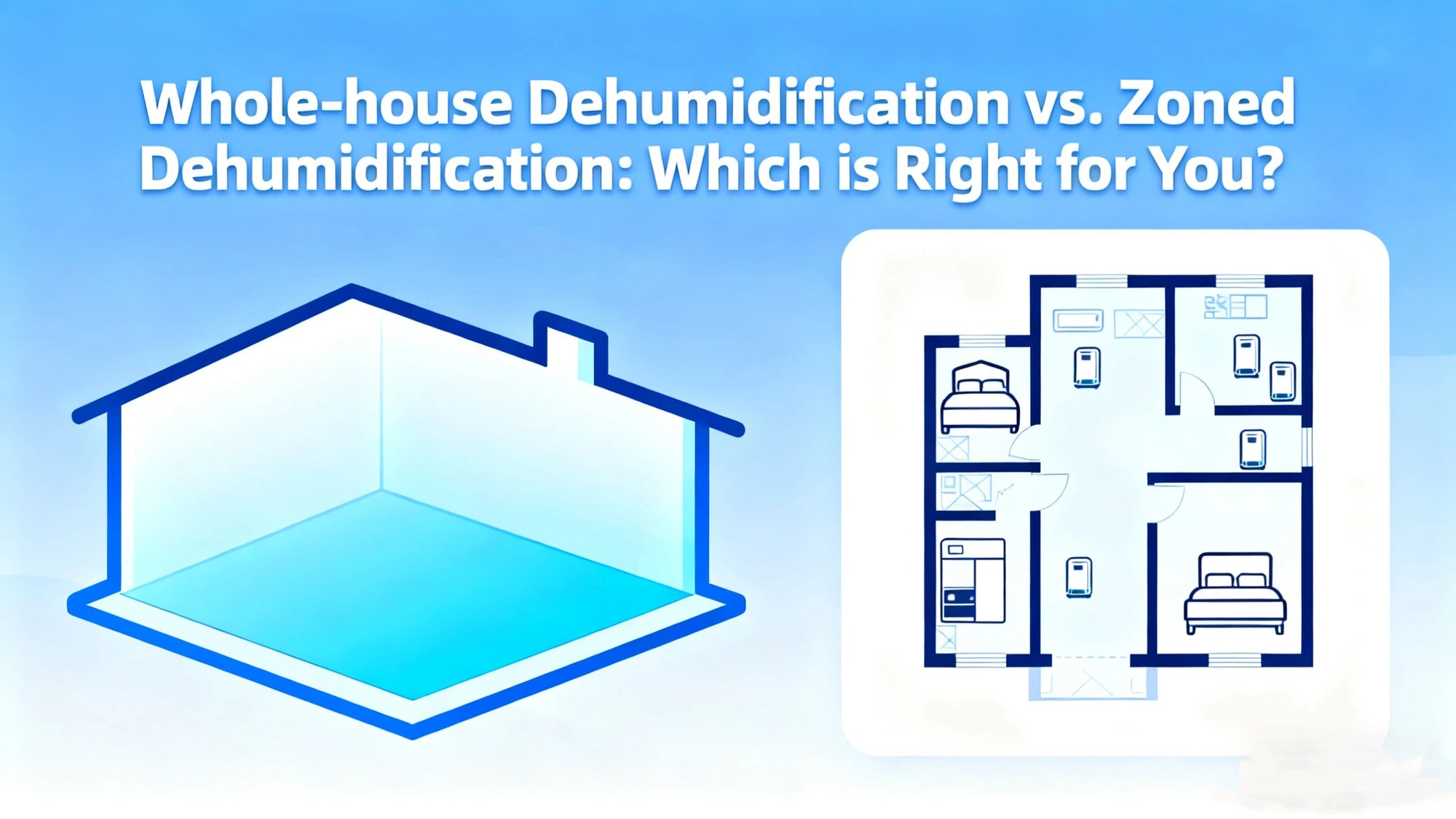
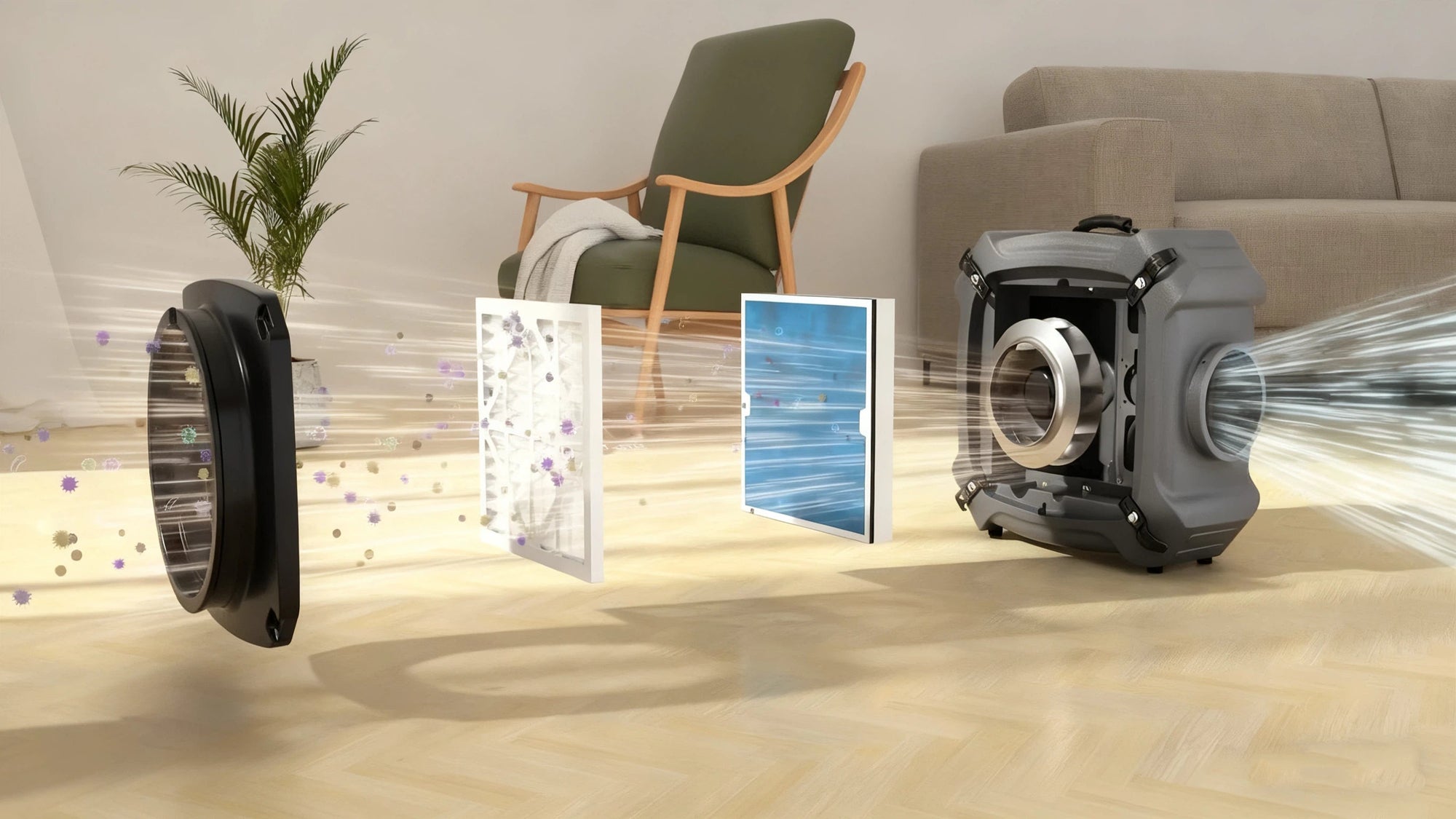
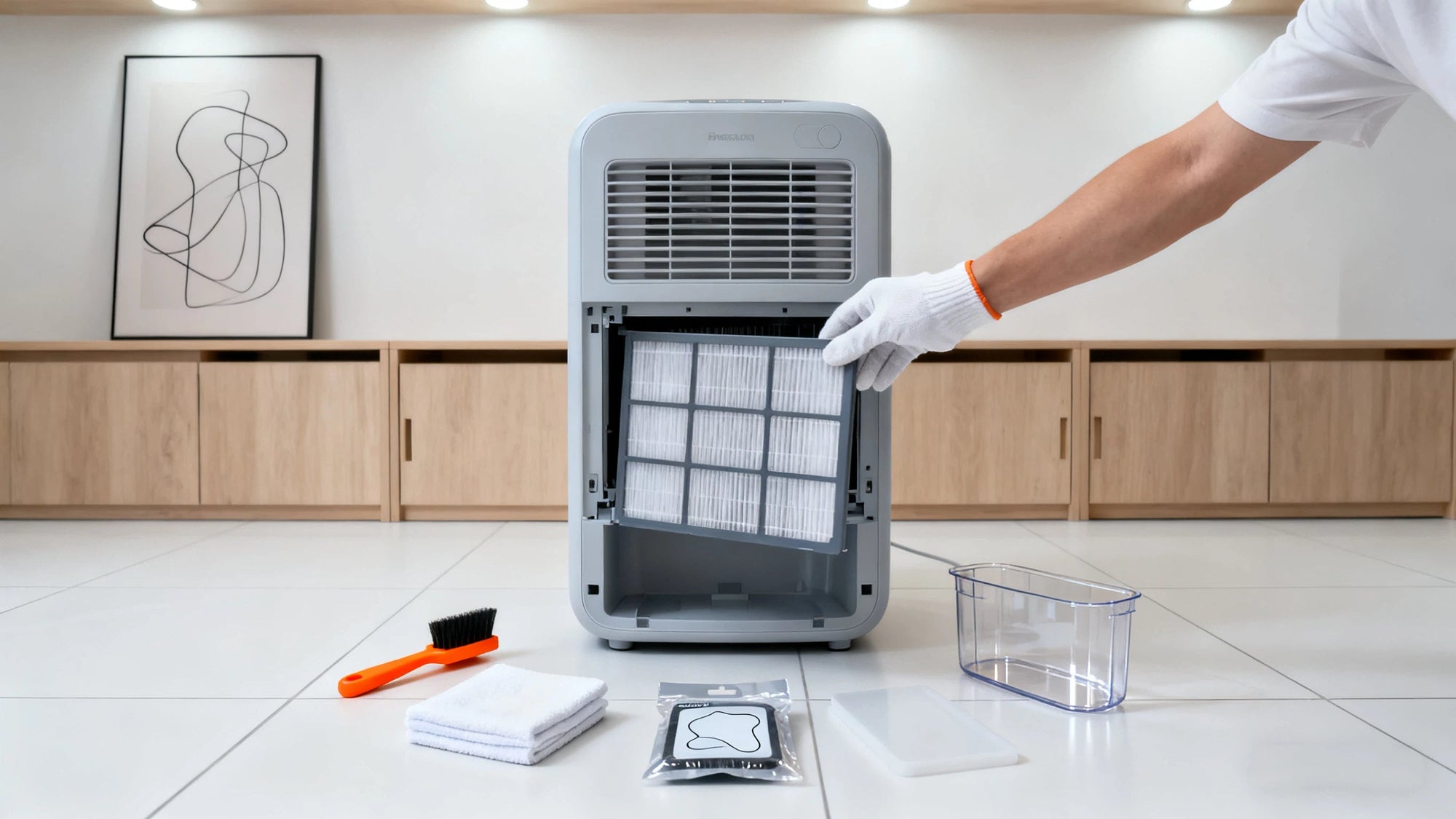
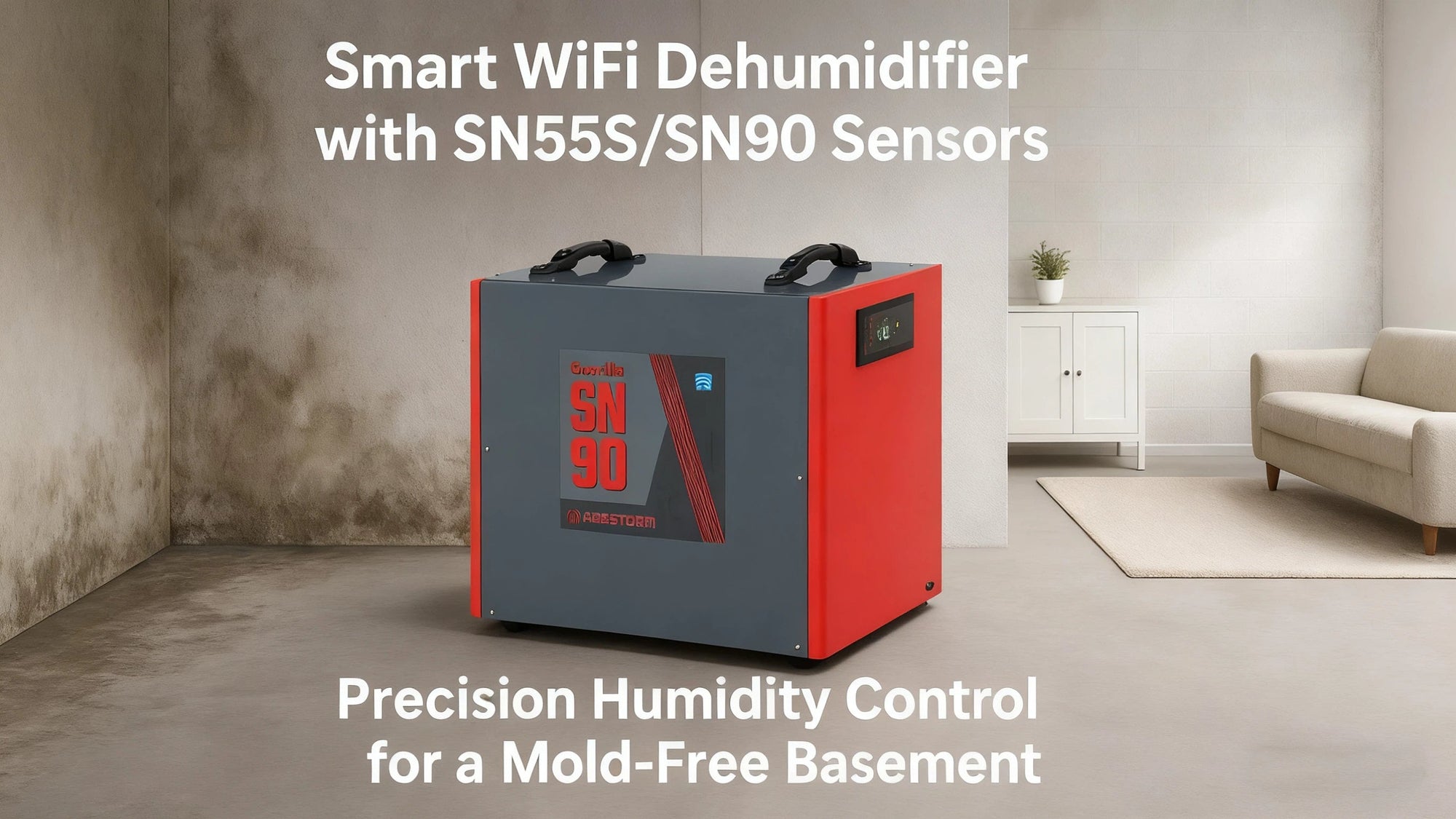
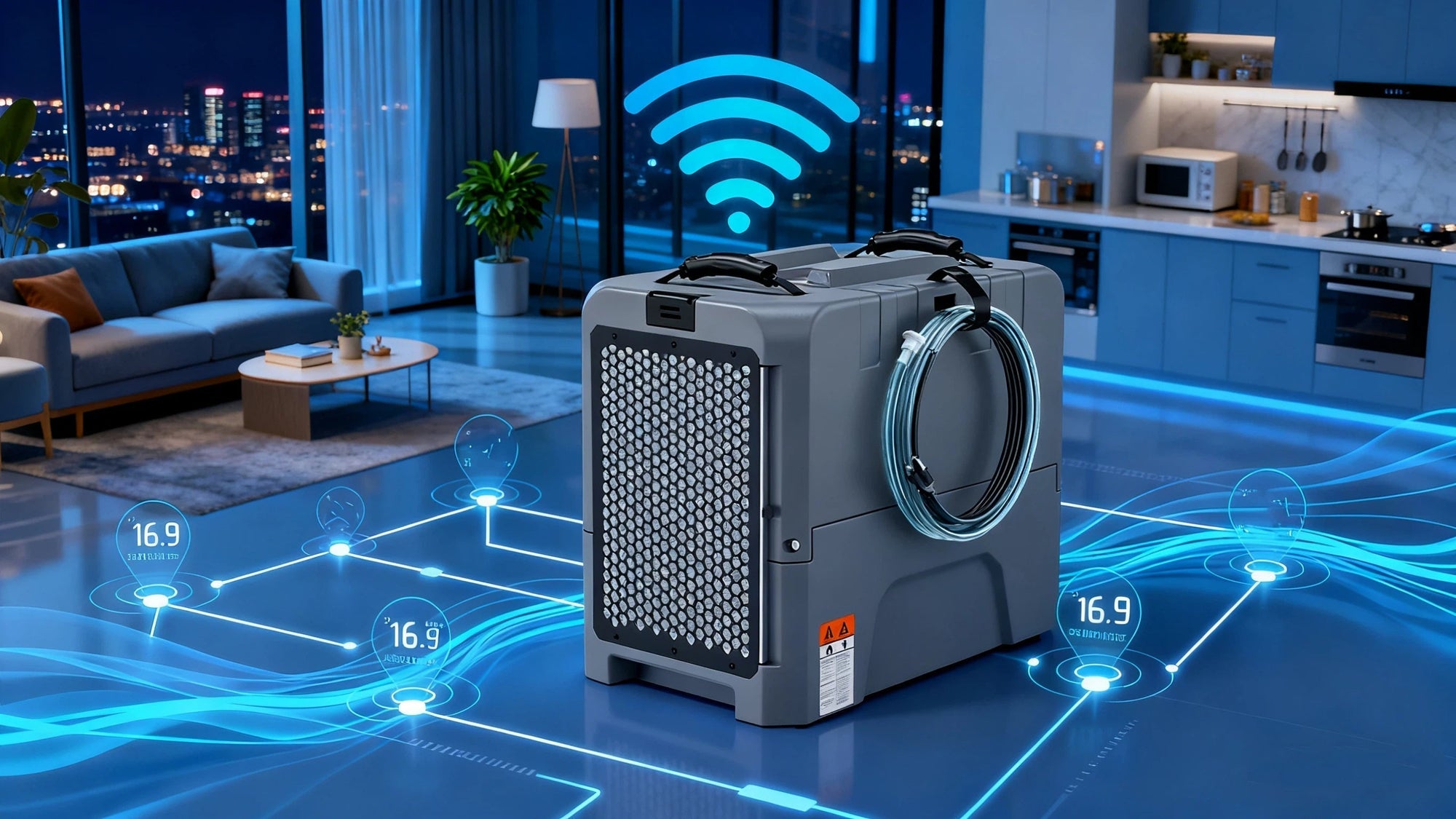
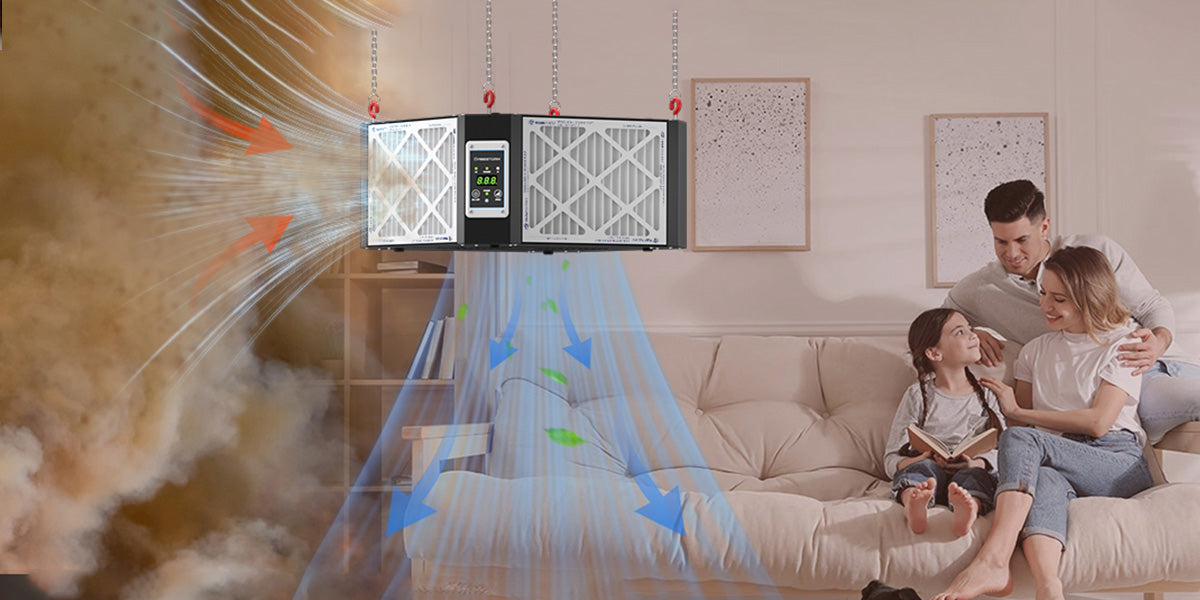
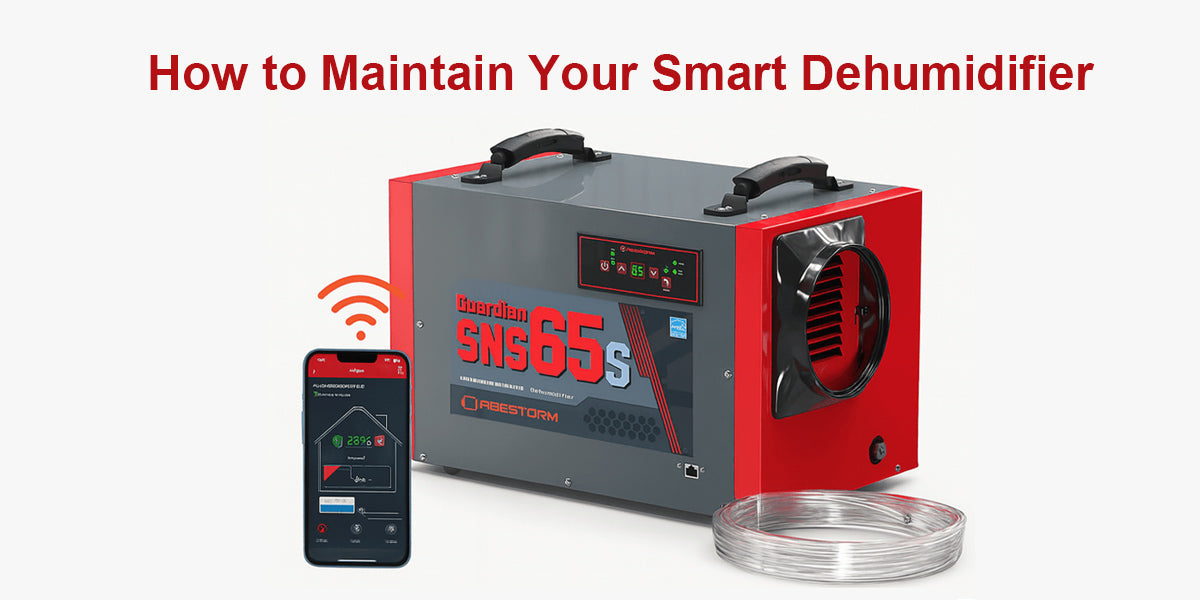
Shop For Dehumidifier
Abestorm 170 PPD 2,100 Sq.Ft Commercial Dehumidifier with Pump and Drain Hose | Hurricane 800
Abestorm 180 PPD 2,300 Sq.Ft Commercial Dehumidifier with Pump and Drain Hose | Hurricane LGR85
Abestorm 180 PPD 2,300 Sq.Ft Smart WIFI Commercial Dehumidifier with Pump and Drain Hose | Hurricane LGR85-Grey (wifi app not available now)
Abestorm 264 PPD 3,000 Sq.Ft Commercial Dehumidifier with Pump and Drain Hose | Hurricane 125P